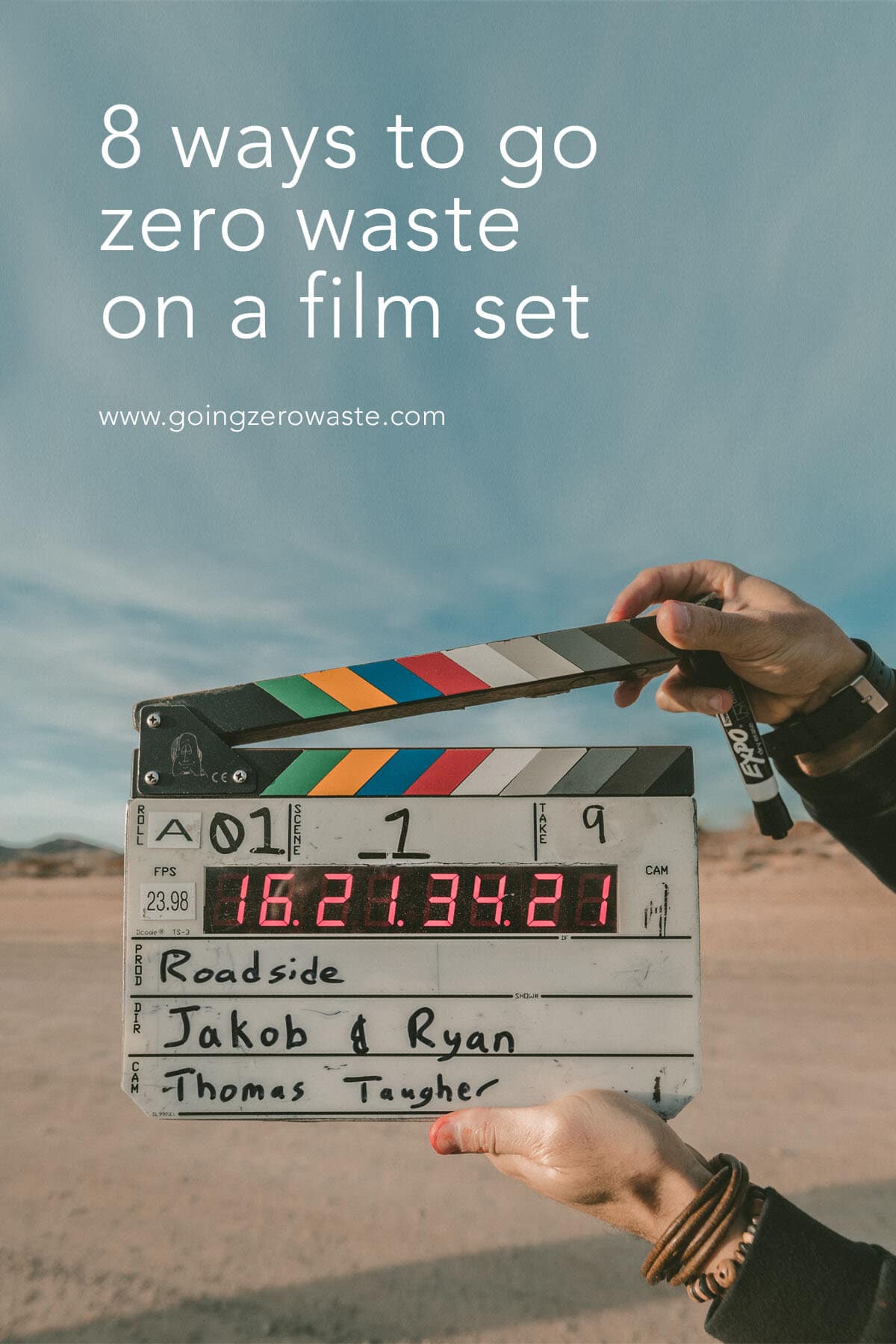[ad_1]
Last Updated on January 23, 2024
Producing and executing a movie takes a lot of hard work by a lot of people.
Between writing the script, casting, rehearsing, scouting locations, costuming, not to mention actually filming and editing – there are a lot of jobs to do and a lot of people to keep motivated.
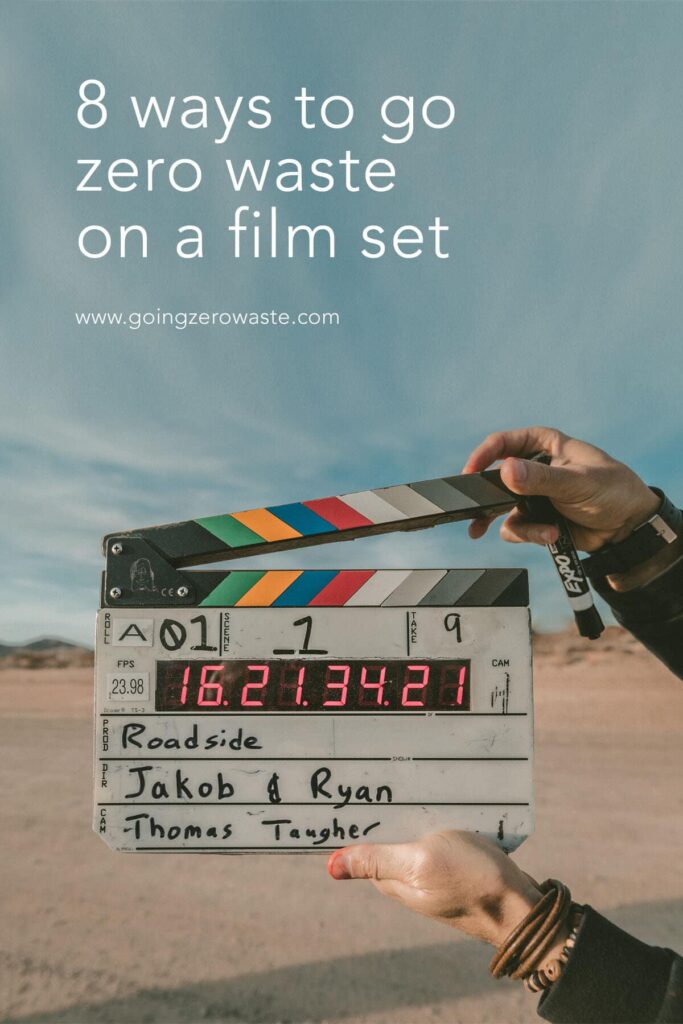

If you add to the mix a super low budget, then there are a million more jobs to do by significantly fewer hands.
I co-own Fishtown Films, an independent film company. Three years ago my partner, Austin Elston, and I transitioned our company to be zero waste – the first in our industry.
We just made the very first zero-waste movie, Citywide, a millennial love story about one wild night in Philadelphia. It’s now available to watch. Feel free to use my discount code GoingZeroWaste for a 20% discount!
Our goal is to generate less than 16 ounces of trash through the production of the entire film.
The film industry is notoriously wasteful.
From disposable sets to disposable water bottles, there is no end to how quickly film sets toss away perfectly good items straight into the landfill for the sake of convenience and cost.
But we have a climate crisis, and this sort of wasteful behavior is unacceptable, especially in an influential industry that can absolutely afford to do better.
Over the last three years, Austin and I have learned a thing or two about how to run a zero-waste film set.
On the last short film we made 8 ounces of trash total! Our last music video – only 4 ounces.
And, by making these changes, we’ve saved thousands of dollars.
So for all you indie filmmakers out there with tiny budgets, save a few grand by following these steps and spend it on casting some top-notch actors to bring your vision to life.
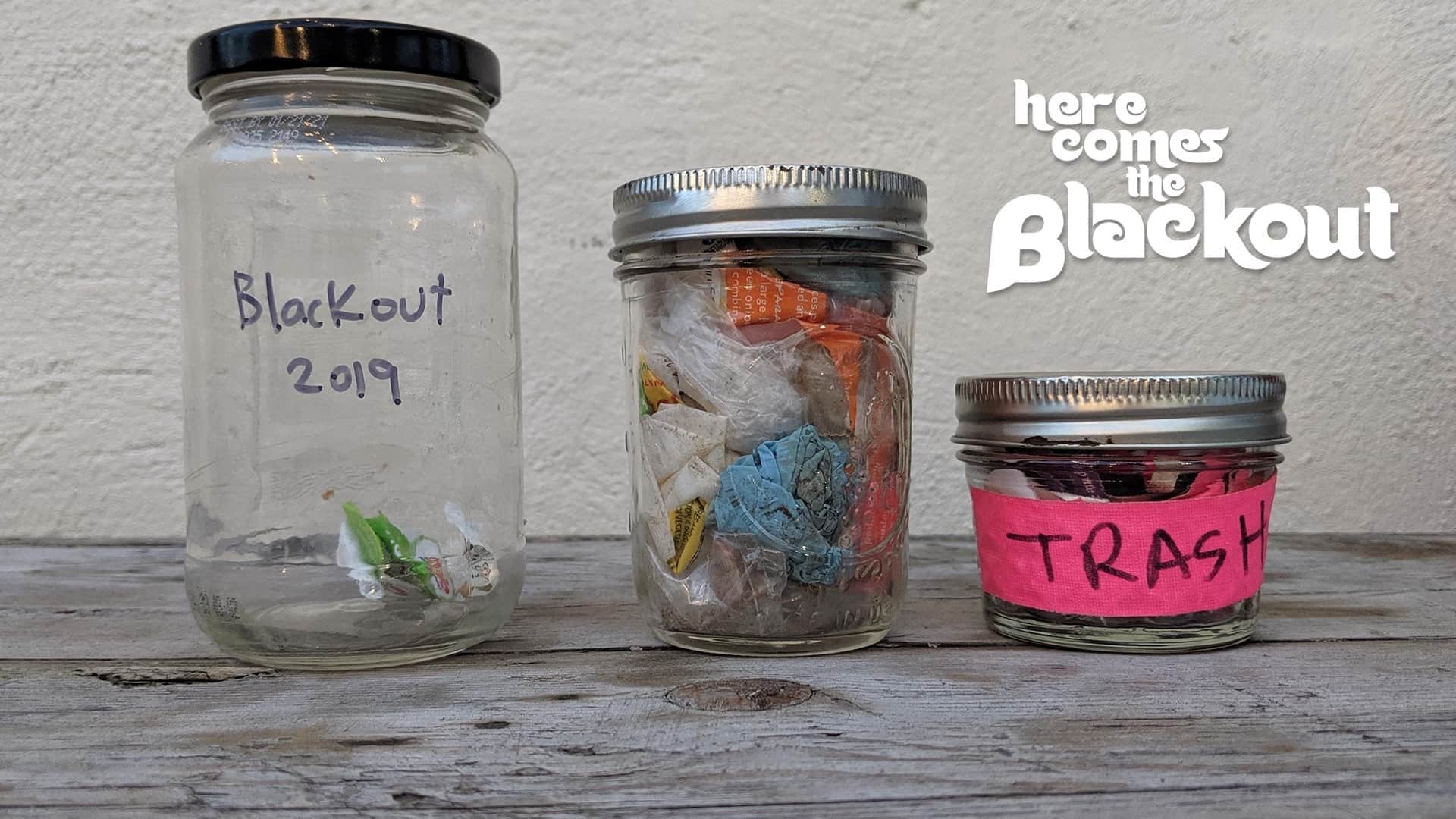

1. food:
A typical film set is awash in packaged foods. From chips to granola bars to water bottles, there are so many opportunities to green up your craft services and save money!
Serving whole foods like fruits, vegetables and nuts in reusable containers not only makes your clean up minimal, but it will delight your cast and crew.
Unpackaged foods are healthier and will help your team maintain energy by filling them up with good nutrients. Packaged foods may seem more convenient, but they create a whole lot more trash to deal with.
At the end of the shoot day, just plop everything that hasn’t been consumed and can’t be salvaged into the compost bin.
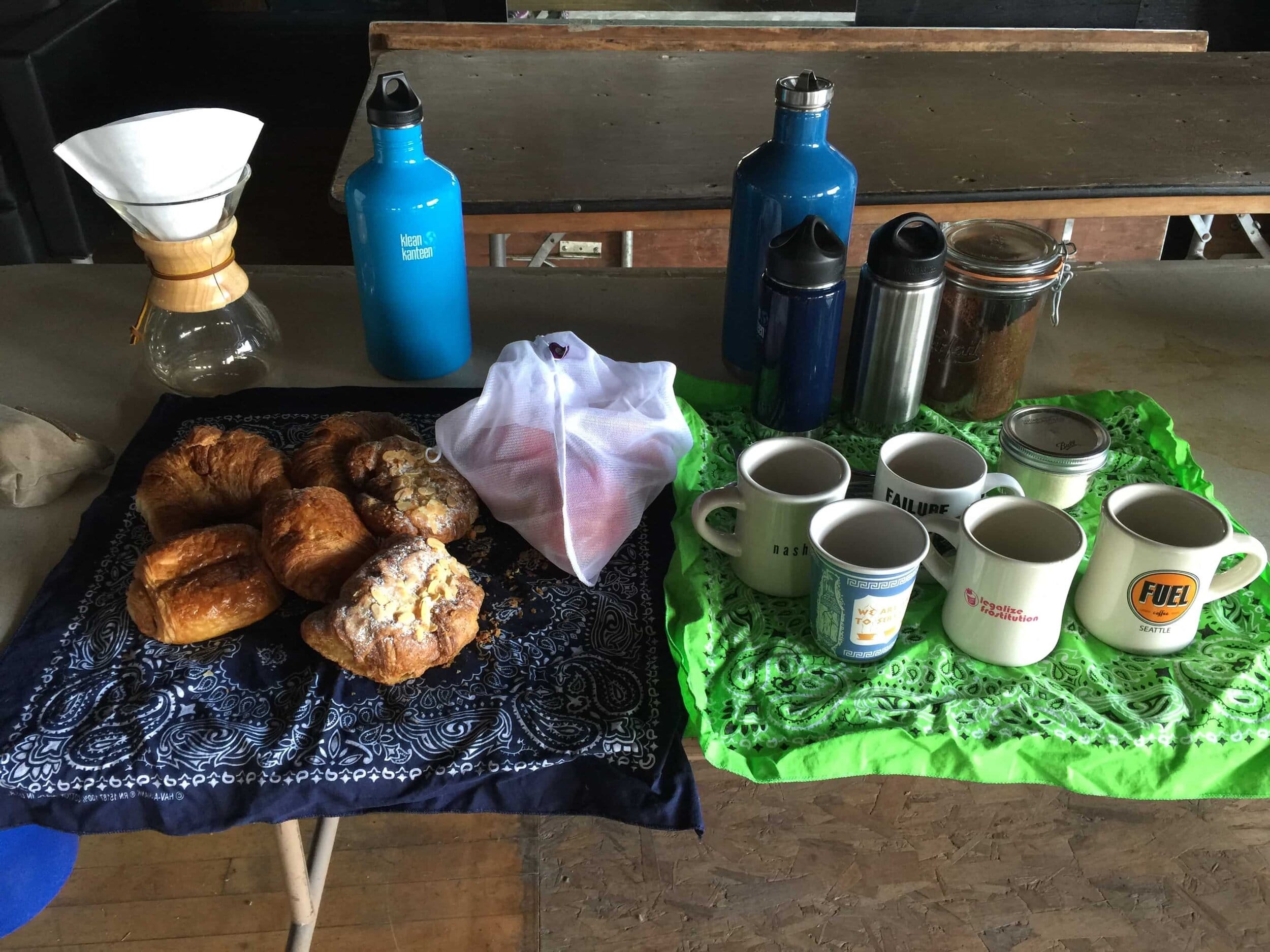

2. reusables:
Paper plates, plastic forks, and disposable napkins. Movie sets are littered with items to be used for 5 minutes but will take centuries to decompose.
This makes zero sense. Especially when you consider that you can skip wasting all that money on trash and simply use real plates.
If you have a small set, bring your dishes and silverware from home.
If it is a large shoot, thrift stores are a great way to stock up on supplies for less than what you would spend on disposables and you can use them for your next project.
If you are lucky enough to be producing a large budget film, then make sure your craft services team is using reusables before you hire them.
And because you are using reusables, you don’t need a fresh batch of plastic utensils and paper plates for each meal of each day of shooting which seriously adds up.
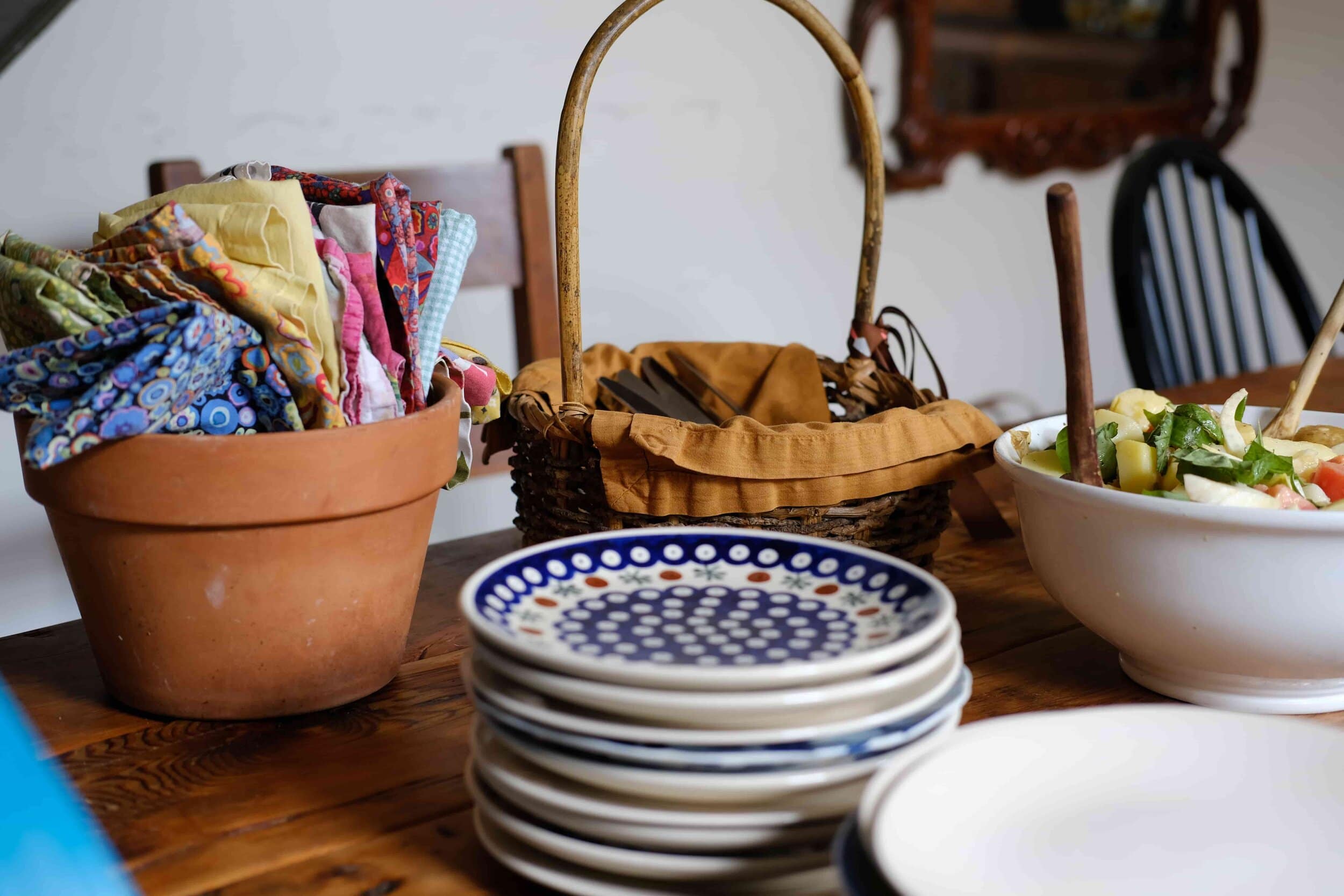

3. water bottles:
A well-stocked water station will save you hundreds of dollars on crates of water bottles.
Using disposable water bottles on set means mountains of trash and wasted money when the majority of people discard or lose their bottle after just a few sips.
Tap or filtered water is delicious and when served in actual cups or mugs, your actors and crew can easily keep tabs on their specific beverage.
If you have extra funds, you can even have co-branded cups made at Klean Kanteen or S’well with your production company branded on the side for your team to use and proudly display.
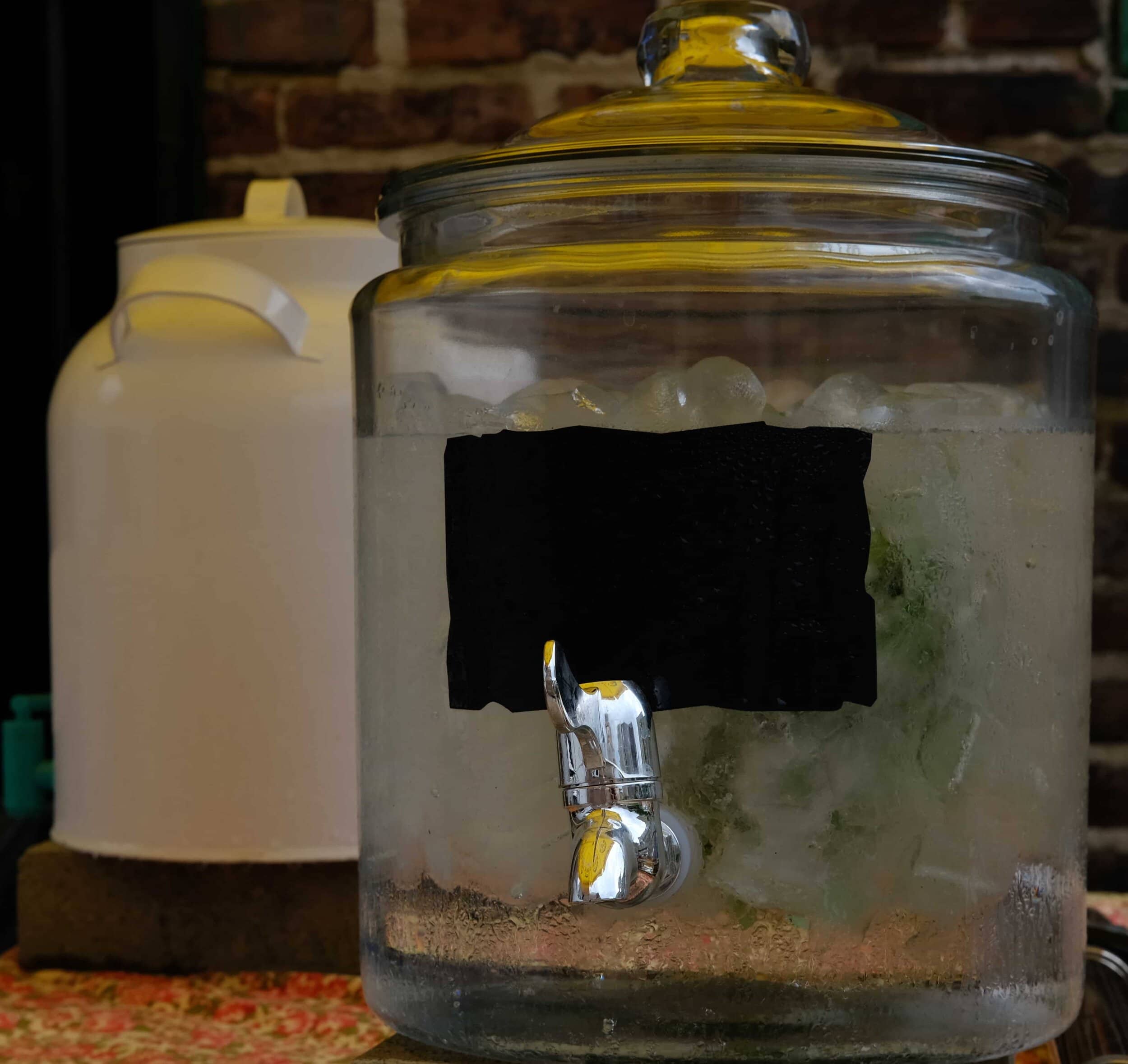

4. location + set design:
Building the world of your film is complicated and often wildly expensive.
But if you try it zero waste style, you may find a means to slash thousands from your expenses.
Our favorite trick is to find existing locations and let the world speak for itself.
In our upcoming zero waste feature film, Here Comes The Blackout, we are filming in a fantastic local family-owned bar with all its own personality included.
No set dressing required. We are also using a really gorgeous Airbnb for some of the house scenes which is a great way to handpick a home that suits your specific characters at a really affordable price.
Again, no trash created. Use what already exists.
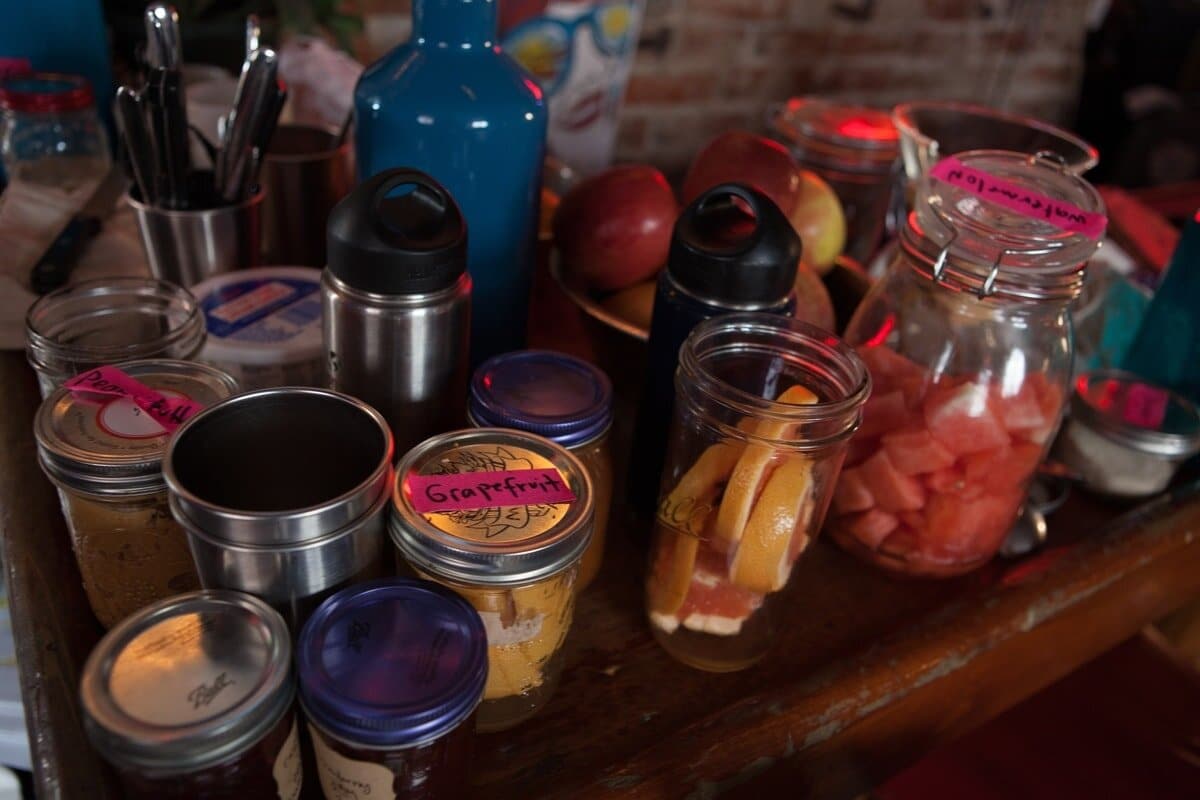

5. props:
There are so many amazing ways to prop your film and it doesn’t need to be purchased new.
There are thrift stores, vintage shops, your neighbor’s basement, and your local university’s drama department.
In Philly, we are lucky to have The Resource Exchange which helps us source pre-loved props and supplies.
In LA, there is Eco Set.
It seems small businesses focusing on repurposing set pieces are popping up everywhere, so definitely look for one in your city.
And when you are done with those pieces, take them back to be reused again and again.
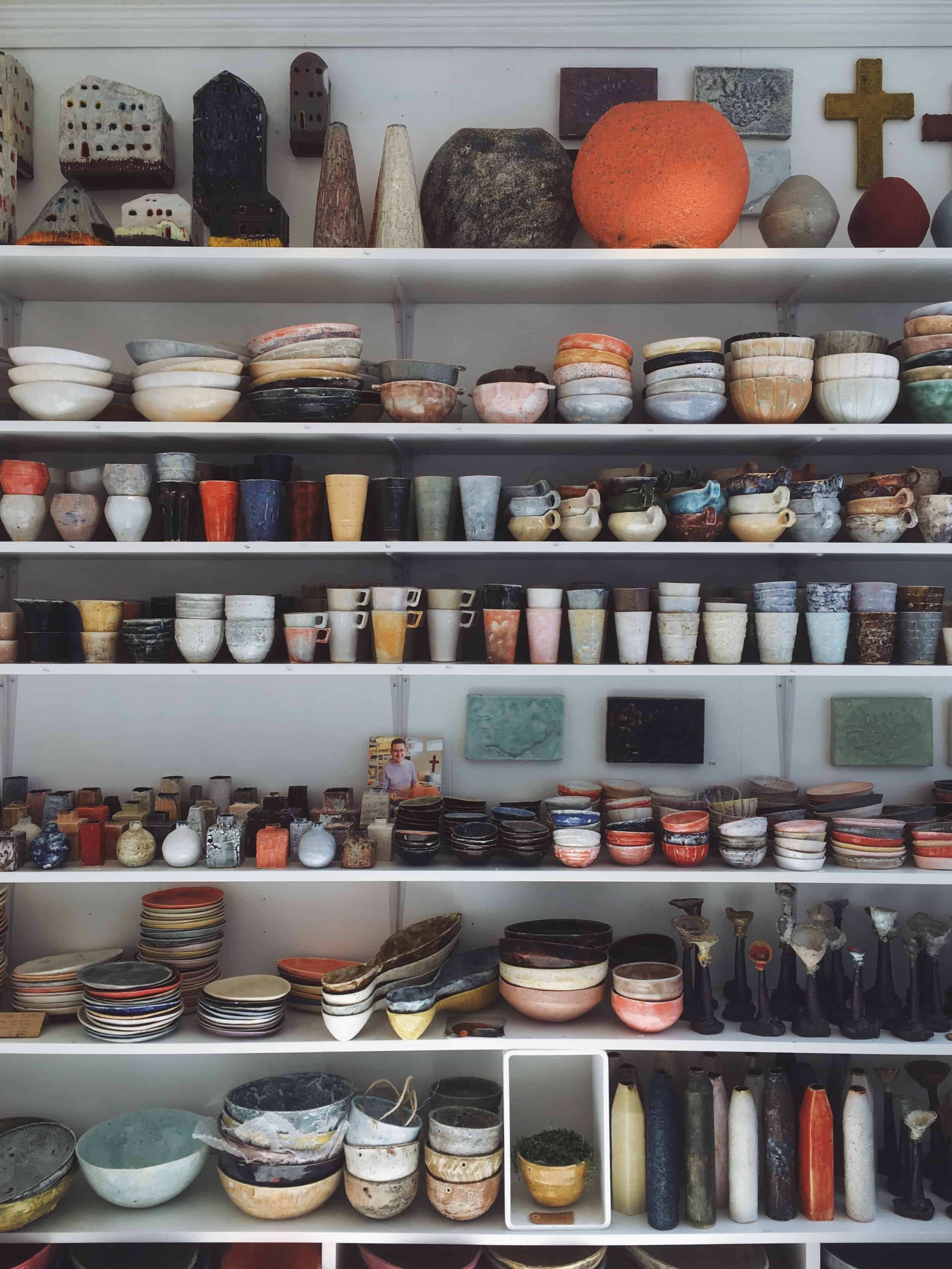

6. costumes:
This is where thrifting is your new best friend.
Work with your costume designer and build a board on pinterest to keep a collection of images handy, then start hitting the thrift shops and consignment stores.
Chances are what you need is out there already and for a fraction of the cost.
If your film budget is super small consider renting clothes from your actor’s wardrobes, if they are game.
If your film is a period piece, make friends with a costume shop.
Every city has one, especially any city with drama departments in their universities. Rent what you need, return when you are done.
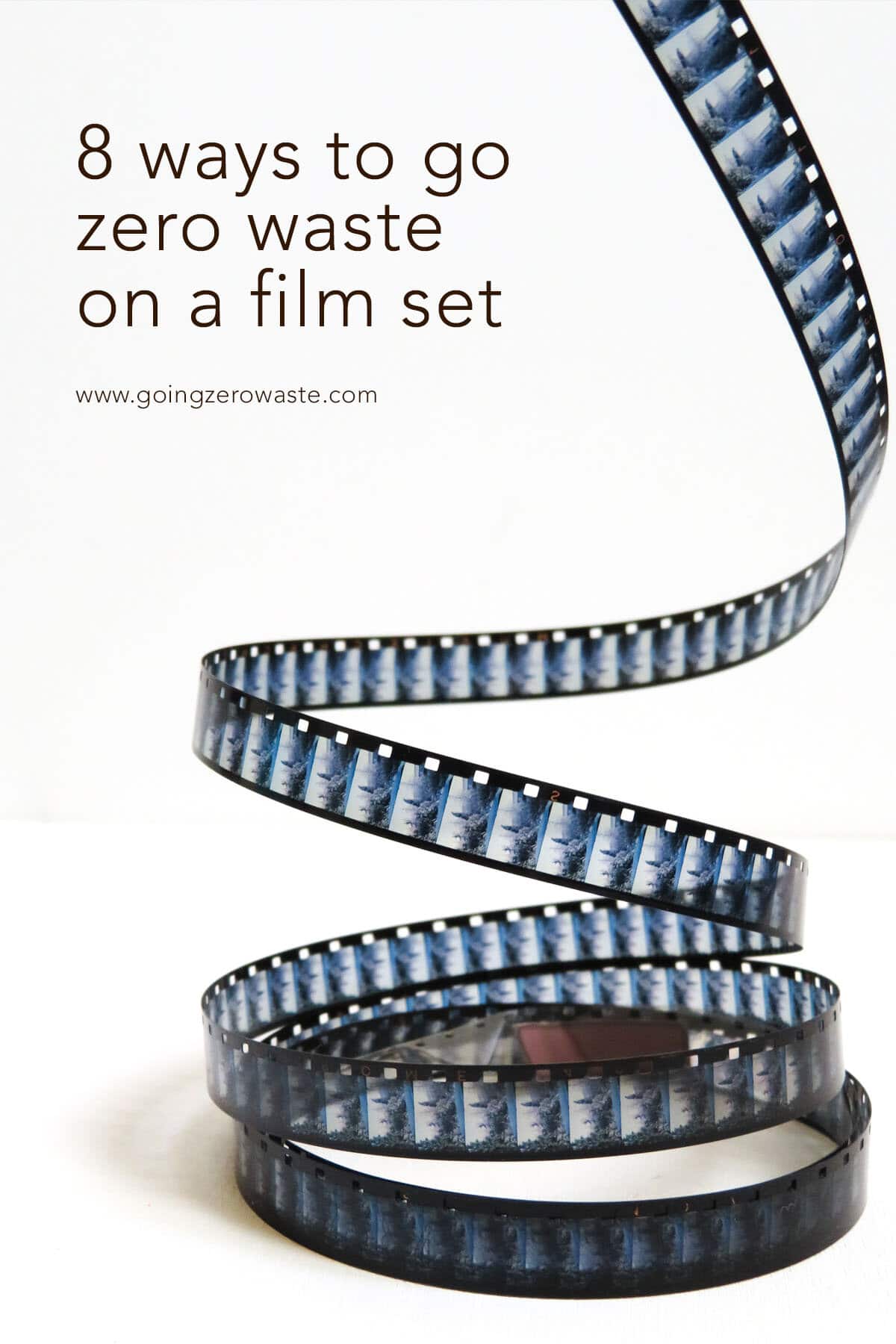

7. camera equipment:
Whenever possible rent your gear. Digital cameras are changing so rapidly that owning equipment becomes a pointless endeavor.
By the time you have paid off the camera, it has become obsolete, and now what do you do with it?
Renting gives you access to gorgeous lenses and sturdy tripods with fluid heads. Renting allows you to use stunning 8K cameras at a fraction of what it would cost to buy.
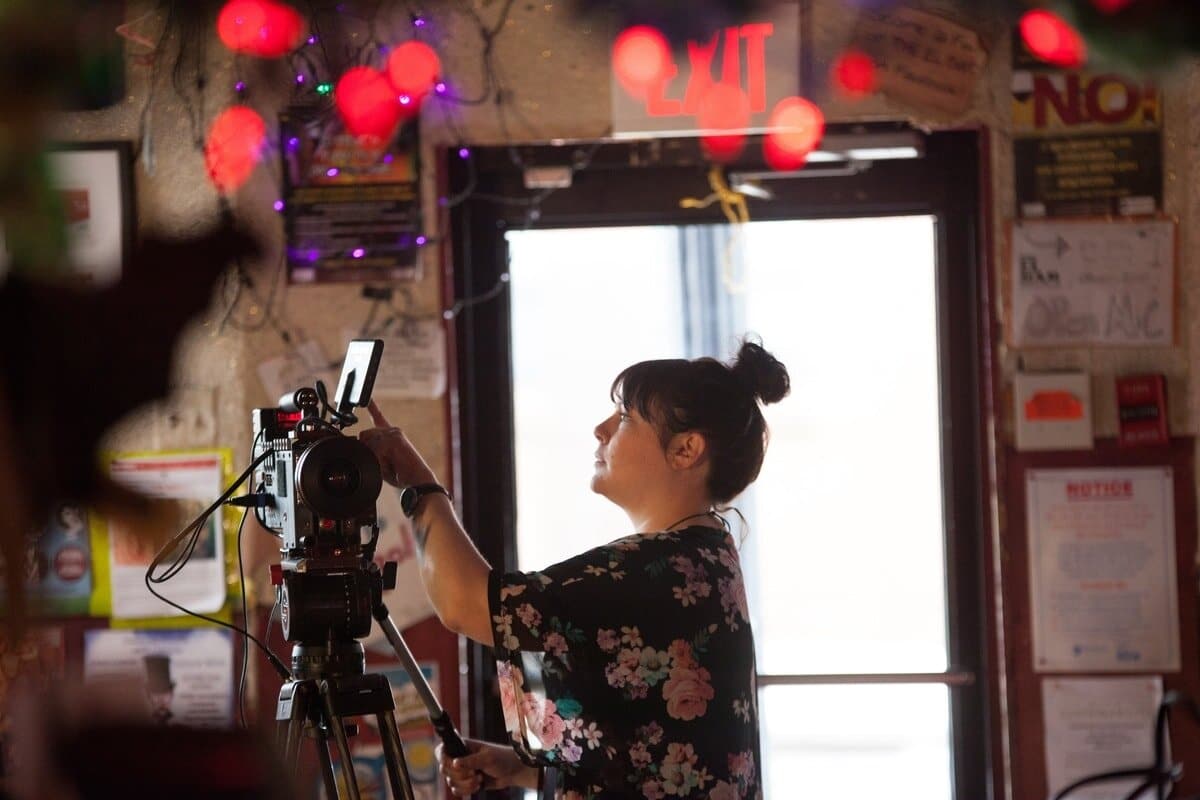

8. coffee runs:
It’s late, everyone on set is exhausted and needs a jolt. But you planned ahead.
You stored a few flats of freshly washed mason jars with lids in the gear truck. Your PA is a bit forgetful, but that’s ok because you hand them a sharpie and the case of mason jars.
Then each actor or cast member can write in sharpie their name and desired drink on the jar.
The PA doesn’t have to remember anything and everyone is confident that your lactose-intolerant lead wasn’t just handed a whole milk latte right before the final scene of the night.
The beauty of this zero waste coffee run is that no drinks will spill because of the lids, everyone has a jar that can be reused tomorrow (and for years to come), and after a quick spin in the dishwasher the sharpie markings will wipe right off with a dishcloth and some soap.
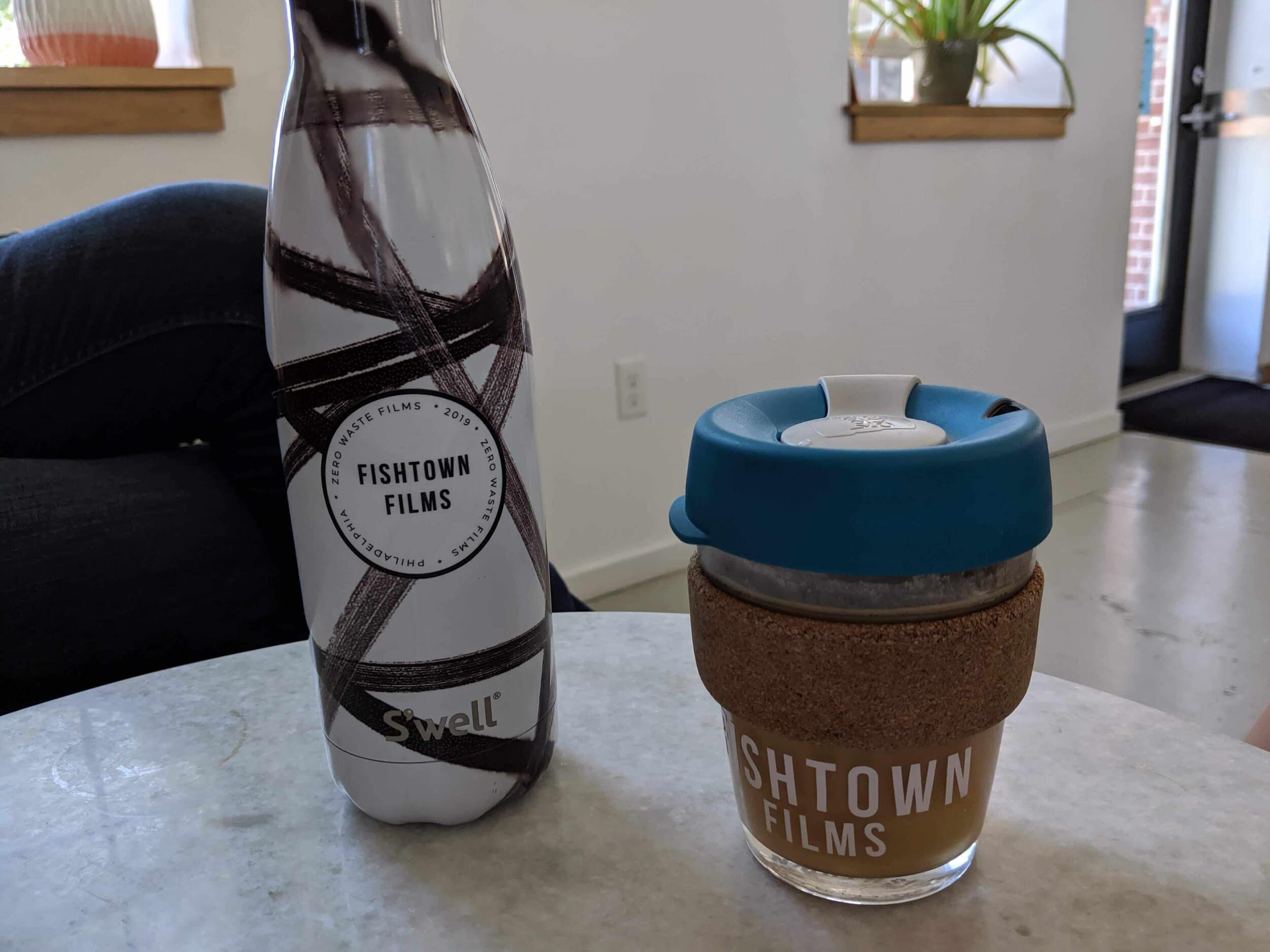

By tackling your art mindfully, you may discover there are so many less wasteful ways to create the world of your imagination.
And while some of these ideas may not work for your specific project – remember, it’s about progress, not perfection.
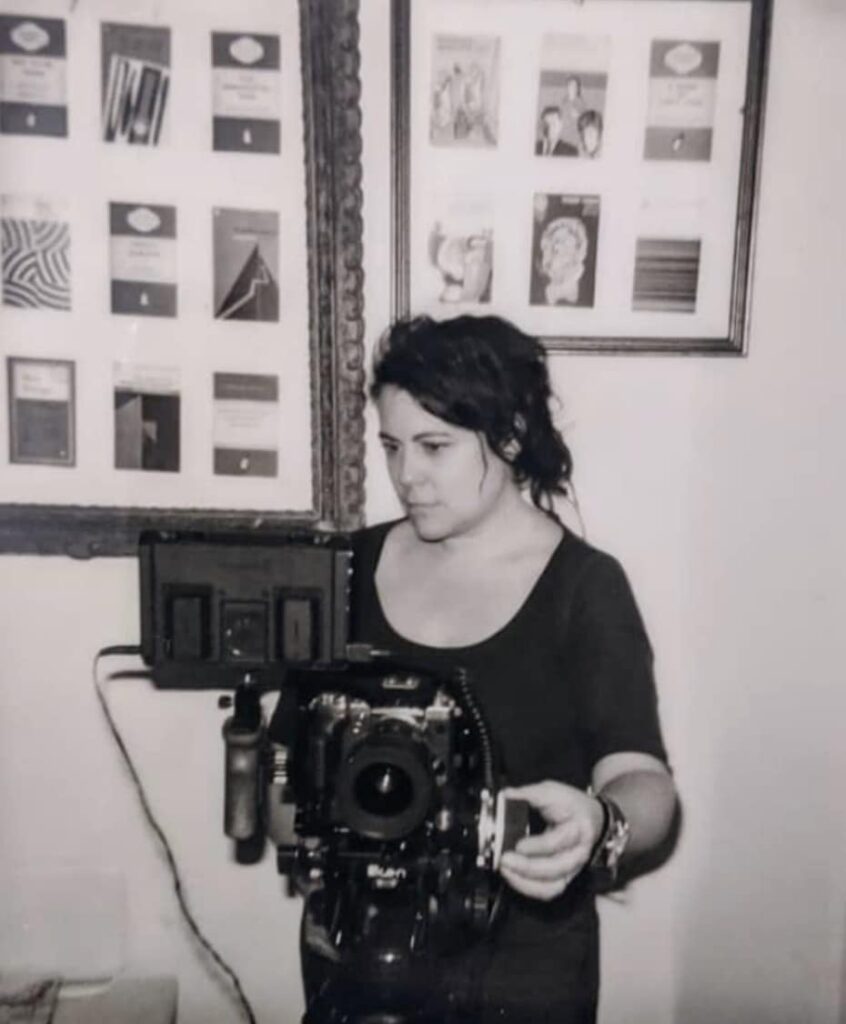

GUEST POST: Emily Gallagher is the co-owner of Fishtown Films, and this fall we are challenging ourselves to make less than 16 ounces of garbage over the course of creating a full-length movie.
Follow along @fishtownfilms on instagram to see how we do! And if you want to help us change Hollywood, please donate to our fundraiser. Every dollar earned will go towards proving that there is a more sustainable way to make movies.
Make Art. Not Trash.
[ad_2]
Source link
